Market Trends
Key Emerging Trends in the Sugar Reducing Ingredients Market
The Sugar Reducing Ingredients market is experiencing dynamic shifts driven by a confluence of factors that respond to changing consumer preferences, health concerns, and regulatory guidelines. One of the primary drivers influencing market dynamics is the increasing awareness of the negative health impacts associated with high sugar consumption. Consumers are actively seeking products with reduced sugar content as a way to address health concerns such as obesity and diabetes. This growing health consciousness has propelled the demand for sugar reducing ingredients, creating a dynamic market environment.
Changing dietary patterns and the rise of lifestyle-related health issues have played a pivotal role in shaping the dynamics of the Sugar Reducing Ingredients market. As consumers become more mindful of their food choices, there is a demand for products that not only taste good but also align with their health and wellness goals. Sugar reducing ingredients offer a solution for food and beverage manufacturers to create products that retain sweetness without the detrimental effects of excessive sugar. This trend has catalyzed the development of various sugar reducing solutions, including natural sweeteners, sugar alcohols, and innovative formulations that mimic the taste of sugar without the caloric impact.
Regulatory initiatives and guidelines advocating for reduced sugar intake have significantly influenced the market dynamics of sugar reducing ingredients. Governments and health organizations worldwide are emphasizing the importance of curbing sugar consumption to combat the rising incidence of chronic diseases. This has led to increased scrutiny of food and beverage products, prompting manufacturers to reformulate their offerings with sugar reducing ingredients to meet regulatory standards. The market is, therefore, driven not only by consumer demand but also by the evolving regulatory landscape that encourages healthier formulations.
Innovation in the food industry and the quest for product differentiation have spurred the incorporation of sugar reducing ingredients into a wide array of products. From beverages to baked goods and snacks, manufacturers are exploring ways to reduce sugar content without compromising taste and quality. This dynamic response to consumer preferences has led to the diversification of the Sugar Reducing Ingredients market, with an expanding range of options available for food and beverage producers to create healthier alternatives that resonate with their target audiences.
The rise of natural and plant-based sweeteners has emerged as a significant trend influencing the Sugar Reducing Ingredients market dynamics. Consumers are increasingly drawn to sweeteners derived from natural sources, such as stevia, monk fruit, and erythritol. These alternatives offer the sweetness without the calories and metabolic impact of traditional sugars. As a result, there is a growing market for these natural sugar reducing ingredients, reflecting the broader trend of plant-based and clean label preferences among consumers.
Retail and distribution channels play a crucial role in shaping the accessibility and visibility of products featuring sugar reducing ingredients. The market dynamics are influenced by the strategic placement of these products in supermarkets, health food stores, and online platforms. The collaboration between sugar reducing ingredient suppliers and food manufacturers, along with effective marketing strategies, contributes to the successful penetration of these products into the consumer market.
Despite the positive market dynamics, challenges such as taste concerns, cost implications, and the need for consumer education about sugar reducing ingredients remain. Overcoming these challenges requires continued research and development, transparent labeling, and communication strategies to build consumer trust. The ability of the industry to address these challenges and adapt to evolving consumer preferences will ultimately determine the sustained growth and success of the Sugar Reducing Ingredients market. In conclusion, the market dynamics reflect a dynamic interplay of health trends, regulatory influences, industry innovations, and consumer choices, shaping an environment where sugar reducing ingredients play a crucial role in the transformation of the food and beverage landscape.

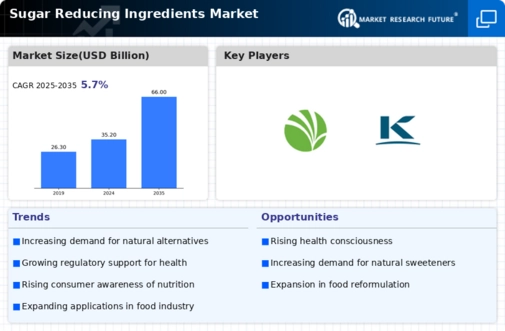
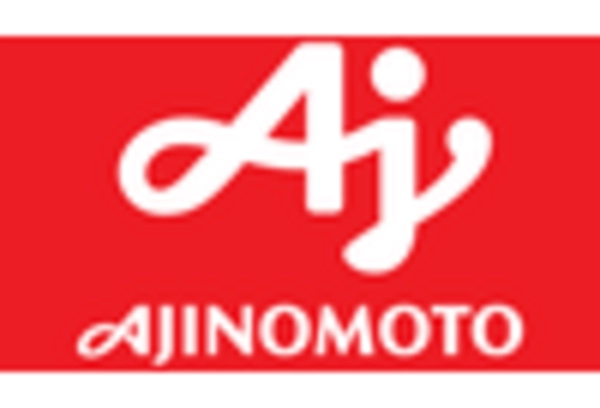
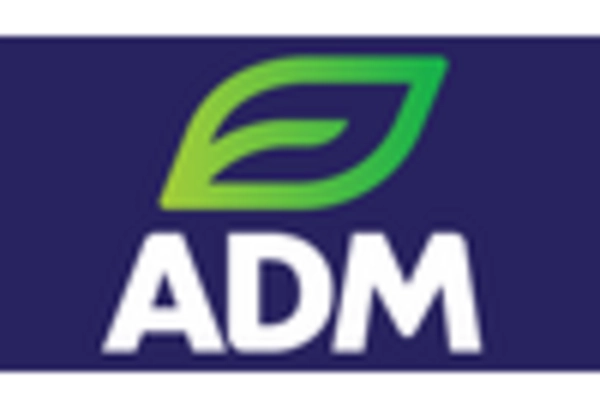


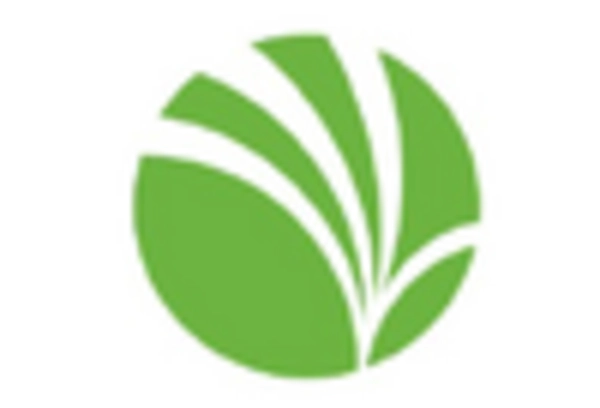
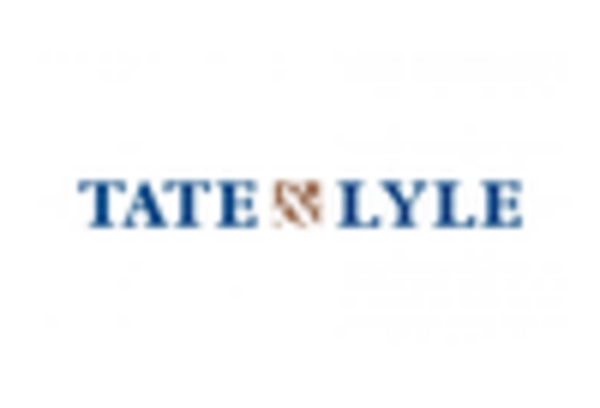









Leave a Comment